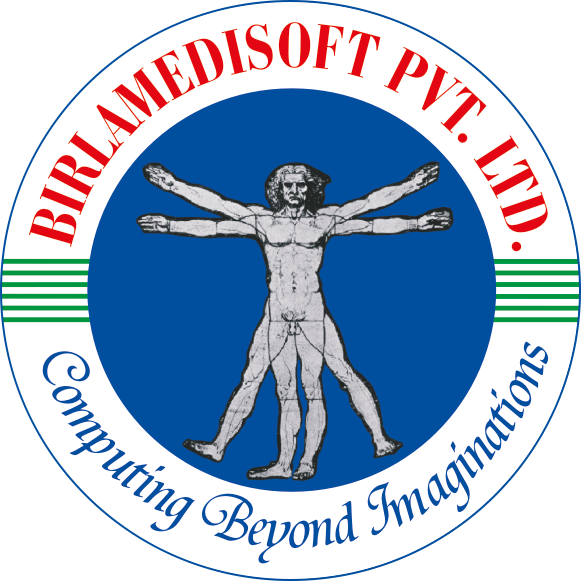

Automation can significantly improve patient satisfaction in several ways:
Reduced Waiting Times: Automation can help reduce waiting times for patients by streamlining administrative processes, appointment scheduling, and check-in procedures. Automated systems can optimize patient flow, minimize paperwork, and enable self-service options, allowing patients to have a smoother and quicker experience. This reduction in waiting times improves patient satisfaction and overall experience.
Improved Communication: Automation enables improved communication between healthcare providers and patients. Automated systems can send appointment reminders, provide test results, and deliver personalized health information to patients. This proactive communication keeps patients informed, engaged, and empowered, leading to better satisfaction and patient-provider relationships.
Enhanced Access to Information: Automation provides patients with easier access to their health information. Patient portals and automated systems allow patients to view their medical records, test results, and treatment plans online. This access to information promotes transparency, empowers patients to actively participate in their care, and improves their overall satisfaction with the healthcare experience.
Personalized Care and Treatment: Automation facilitates personalized care and treatment plans for patients. Automated systems can analyze patient data, including medical history, genetic information, and treatment responses, to recommend tailored interventions and therapies. This personalized approach to care improves patient outcomes and satisfaction by addressing their specific needs and preferences.
Remote Monitoring and Telemedicine: Automation enables remote monitoring of patients’ health conditions and supports telemedicine services. Patients can have virtual consultations with healthcare providers, eliminating the need for travel and reducing inconvenience. Remote monitoring through automated systems allows patients to receive ongoing care from the comfort of their homes, enhancing convenience and satisfaction.
Efficient Service Delivery: Automation improves the efficiency of service delivery in healthcare settings. Automated systems can automate administrative tasks, such as appointment scheduling, billing, and insurance verification. This reduces errors, minimizes paperwork, and ensures smoother interactions between patients and healthcare staff, resulting in improved satisfaction with the overall healthcare experience.
Patient Education and Engagement: Automation provides opportunities for patient education and engagement. Automated systems can deliver personalized health information, reminders for preventive screenings, and educational resources to patients. This engagement empowers patients to make informed decisions about their health, promotes adherence to treatment plans, and improves patient satisfaction.
Enhanced Care Coordination: Automation supports better care coordination among healthcare providers. Automated systems can facilitate the sharing of patient information, test results, and treatment plans across different healthcare settings. This improves continuity of care, reduces redundancies, and ensures a seamless experience for patients as they move through various stages of their healthcare journey.
By leveraging automation, healthcare organizations can improve patient satisfaction by reducing waiting times, enhancing communication, providing personalized care, and promoting patient engagement. Automation optimizes service delivery, facilitates access to information, and improves care coordination, ultimately leading to a better patient experience and higher levels of satisfaction.


